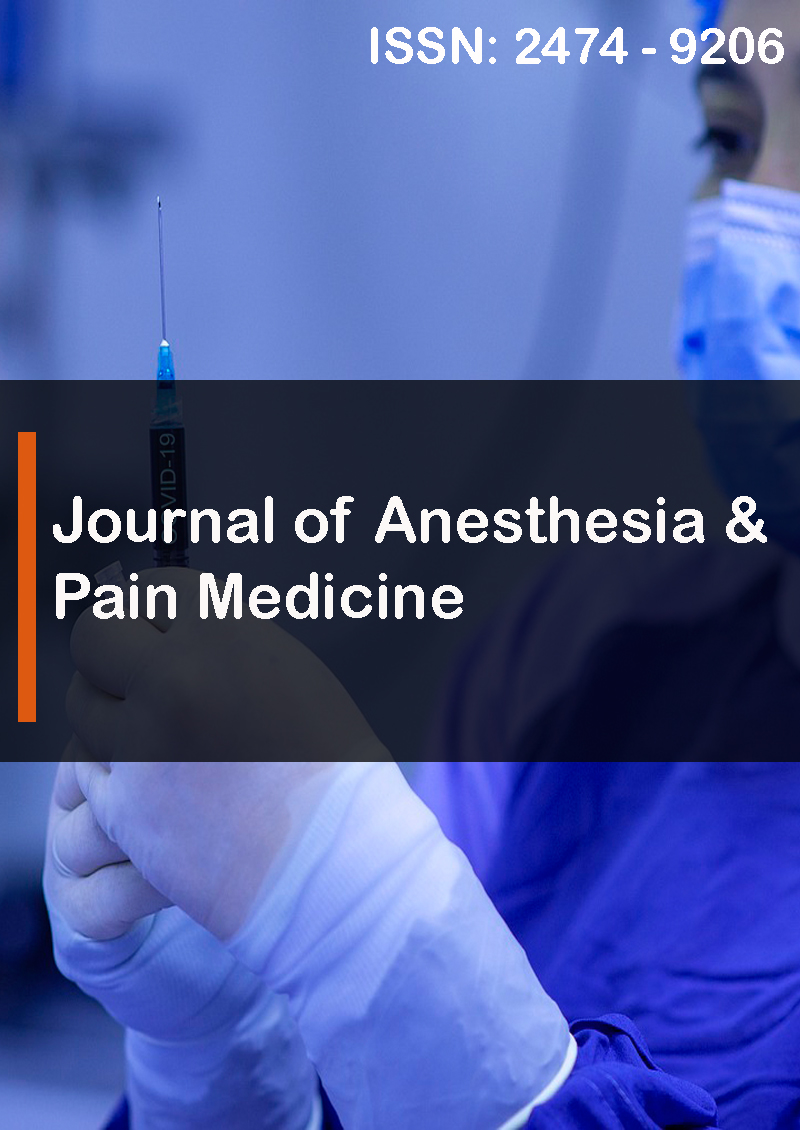The Reductive Mastopexy with Implant Approach
Abstract
Abel Mounir
Background: When it comes to reduce overall breast volume, maintain nipple-areola viability a reduction mammoplasty is always indicated. However, breast reduction has proven to be less effective in restoring upper-pole fullness. Breast implant could augment the upper pole and achieve a shape that is aesthetically pleasing. Combining both procedures would be technically called reductive mastopexy with implants. This study was undertaken to show the effectiveness and safety of this treatment combination.
Methods: A retrospective review was conducted of 48 consecutive patients who underwent onestage mastopexy/ augmentation using the reductive approach. Data collected included the following: patient’s characteristics implant information, operative technique and postoperative results. Complication and revision rates were assessed to determine the efficacy of the reductive mastopexy/augmentation.
Results: All patients (N=48) were available for follow-up, an average 18 months postoperatively. Overall complication rate was 14.5 percent. No severe complications were recorded. The most common complication was wound separation (02), followed by capsular contracture (02), and Bottoming out (01). Seven patients (14.5 percent) underwent some form of revision surgery following the one-stage procedure. The revision rate due to bottoming out was 2.2 percent.
Conclusions: When performing the one-stage augmentation/mastopexy procedure, using the reductive mastopexy approach does effectively reduce the internal tension from the lower pole of the breast and helps to prevent the occurrence of bottoming out.



